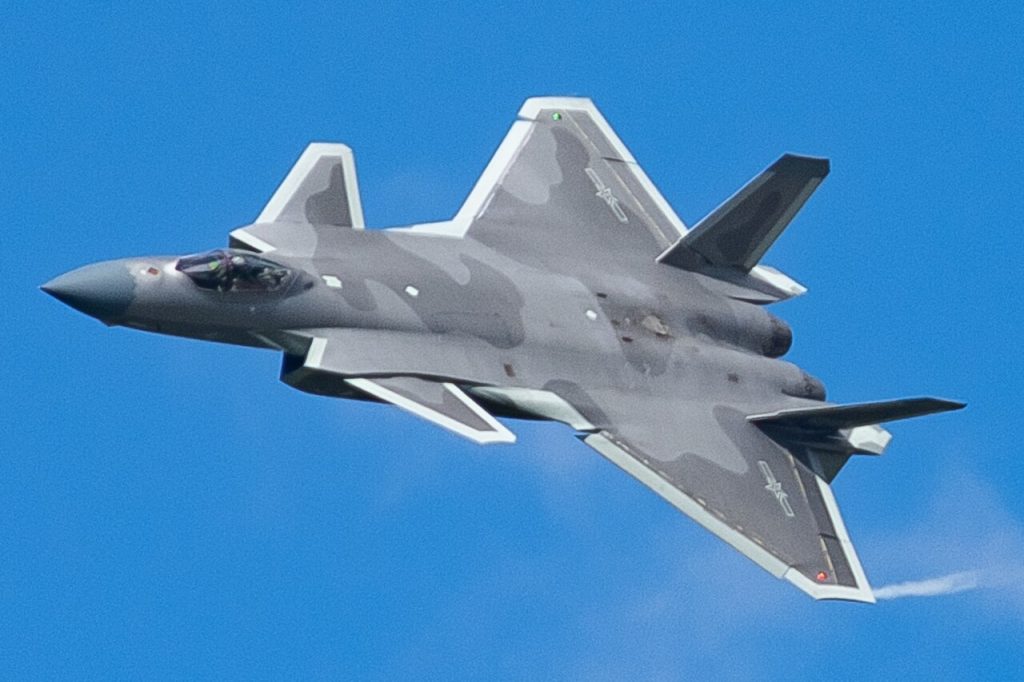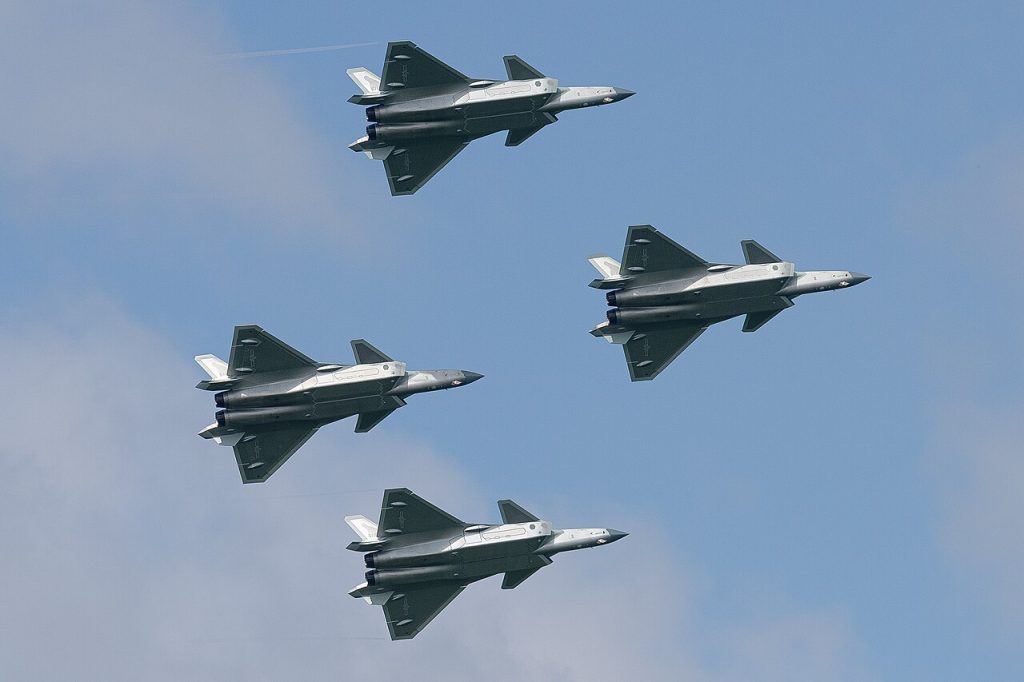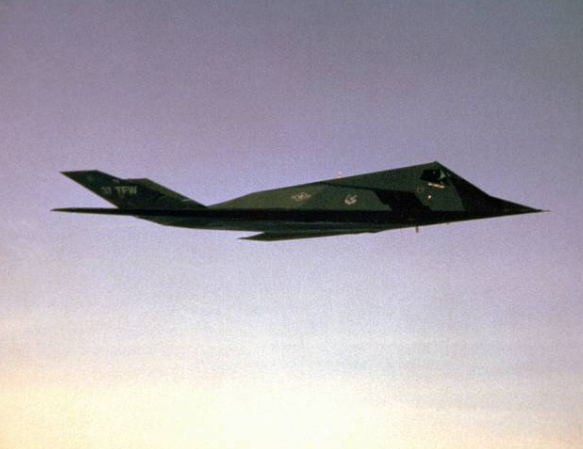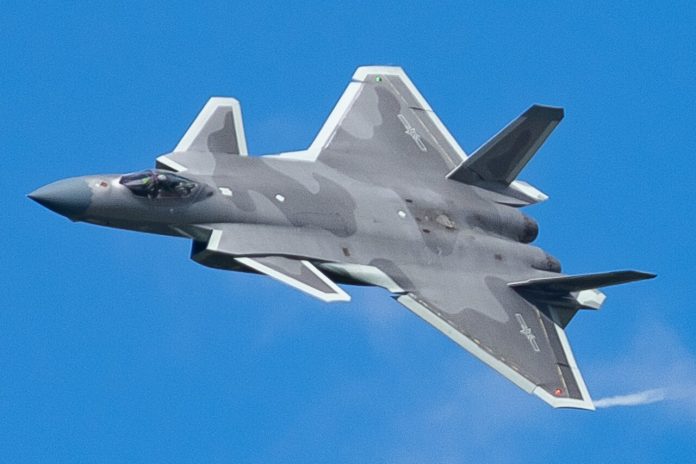
Could China’s newest stealth aircraft change the dynamics of power in the Pacific? Recent satellite imagery and photos leaked indicate that Beijing’s next-generation air combat ecosystem is advancing with a pace that rivals, if not almost mirrors, U.S. programs in some areas. From giant flying-wing drones to heavy refinements of sixth-generation fighters, the scope and ambition of these developments indicate strategic intent well beyond regional defense.
These revelations come from a mix of commercial satellite captures, parade preparations, and rare flight footage, offering a fragmented yet compelling picture of China’s emerging capabilities. While some platforms remain shrouded in secrecy, the details now visible hint at a coordinated push to integrate crewed and unmanned assets into a networked, AI-enabled force. The following ten insights break down the most striking aspects of this evolving arsenal.

1. The WZ-X: China’s largest-known HALE stealth drone
May 14, 2025, imagery shows a large flying-wing aircraft at Malan test base with a span of about 170 feet, comparable to the span of the US B-2 Spirit. The design includes clipped wingtips, a wide center section, and what appears to be a small angled vertical tail for stability-an unusual feature for this configuration. Analysts believe that it is a HALE stealth drone, perhaps similar to America’s RQ-180, optimized for reconnaissance well deep into contested airspace. The fact that it appeared in plain view in a satellite image suggests China might have wanted the world to notice it as part of an information warfare strategy.

2. GJ-X ‘Cranked Kite’ Drone in Flight
Footage and satellite imagery confirm the GJ-X as a 42-meter wingspan cranked-kite flying wing with split rudders and a counter-shaded underside, powered by a twin-engine layout. Its low-observable shaping suggests a penetrating ISR role, although some have speculated it could equally be a UCAV or stealth bomber. With state-of-the-art AESA radar and ELINT suites, it would be in a position to provide persistent maritime surveillance and targeting data, feeding China’s anti-ship kill chains across the western Pacific.

3. Refinements in the J-36 Heavy Fighter
Major changes are evident in the second prototype configuration of the tri-engined J-36: angular two-dimensional thrust-vectoring nozzles similar to those of the F-22, revised divertless supersonic intakes, and redesigned landing gear. These modifications seem to reflect a compromise towards balancing stealth with improved maneuverability and high-altitude capability. The size and payload of the J-36 place it squarely as a long-range strike fighter-bomber capable of escorting strategic assets or conducting deep interdiction missions.

4. J-XDS: Heavy Tailless Stealth Fighter
Satellite imagery of Lop Nur base shows the J-XDS is a twin-engine, lambda-wing heavy fighter with a wingspan of approximately 50 feet. While smaller than the J-36, the J-XDS is still within the heavy category and is likely optimized for air dominance, perhaps as a high-end complement to the J-20. The appearance of the J-XDS alongside the J-36 at a remote, expanding test facility underlines China’s parallel development of multiple sixth-generation fighter designs.

5. Loyal Wingman Drones for Manned-Unmanned Teaming
At least five different CCA designs are visible in parade preparations, including both FH-97 derivatives and larger tailless delta-wing drones; platforms that are clearly meant to fight alongside manned fighters such as the two-seat J-20S, extending sensor reach, delivering weapons, and overwhelming defenses with drone swarms. The diversity of the design would suggest that China is indeed pursuing both high-performance UCAVs but also lower-tier tactical drones for scalable force packages.

6. Navalized GJ-11 Sharp Sword UCAV
Imagery confirms a carrier-capable variant of the GJ-11 stealth UCAV, complete with arrestor hook for deck landings. This would allow China’s aircraft carriers and amphibious assault ships to deploy stealth drones for strike and reconnaissance, extending the PLA Navy’s reach and survivability in contested maritime zones.

7. Integration of AI-Driven Combat Networks
China’s two-seat J-20S appears configured to control loyal wingman drones, part of a broader shift toward AI-enabled manned-unmanned teaming. This networked approach could allow distributed sensor fusion, coordinated suppression of enemy air defenses, and autonomous strike packages, mirroring U.S. NGAD concepts but potentially fielded sooner.

8. Strategic Role in SSBN Bastion Defense
Analysts note that long-range strike fighters like the J-36 could play a key role in defending Chinese SSBN bastions in the South China Sea, providing on-station fighter escort and conducting strikes against U.S. and allied naval forces to secure nuclear deterrent patrol zones and project power beyond the First Island Chain.

9. Unmanned Systems Proliferation: Potential Nuclear Delivery
Some speculate that large stealth drones, such as the GJ-X, might become nuclear delivery platforms and help in part offset the delayed H-20 bomber. Again, nuclear missions performed by autonomous AI-controlled unmanned platforms carry with them significant escalation and control risk, as outlined in a SIPRI paper warning of vulnerabilities to cyberattack and misinterpretation in crisis scenarios.

10. Implications for U.S. and Allied
Countermeasures Scale and diversity of China’s emerging stealth aircraft call for accelerated development in counter-stealth detection, long-range air defense, and collaborative combat aircraft for the United States. Current gaps in layered counter-drone networks-particularly against autonomous swarms-could make forward bases and naval forces vulnerable in a Taiwan contingency. The rapid unveiling of China’s stealth drones and fighters testifies to a conscious strategy to field a multi-mission, integrated air combat ecosystem.
From reconnaissance through strike to the support of nuclear deterrence, these platforms together strengthen Beijing’s power projection and complicate adversary planning. For defense analysts and military planners, the challenge will not only be to track but also to anticipate how they will be used in a future conflict, where speed, endurance, and autonomy may be redefining air superiority.


